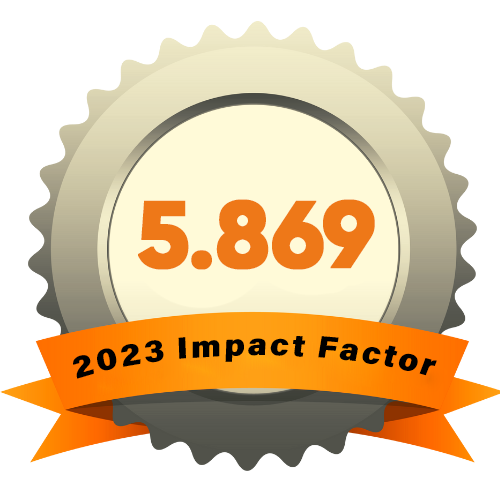COMPUTER ASSISTED LANGUAGE LEARNING
Ключевые слова:
Computer Assisted Language Learning (CALL), virtual environments, perspective, Enhanced, TELL (Technology-Enhanced Language Learning), BALL (Book Assisted Language Learning), SLA theory.Аннотация
The research field of language learning and technology, commonly known as Computer Assisted Language Learning (CALL) covers research of every way of using computers for language learning purposes, from software explicitly designed for language learning to web- based environments such as virtual environments, social software and computer gaming. There is diversity in how the four basic language competences of reading, listening, speaking, and writing are represented in existing CALL research studies (Jung, 2005). This section gives an overview of the area and the research perspectives characterizing CALL, also pointing at the CALL interest in this thesis.
Библиографические ссылки
Alexander, B. (2006). Web 2.0: A new wave of innovation for teaching and learning? Educause review, 41(2), 32–44.
Arnó-Macià, E. (2012). The Role of Technology in Teaching Languages for Specific Purposes Courses. The Modern Language Journal, 96, 89-104.
Arnold, N., Ducate, L., & Kost, C. (2009). Collaborative writing in wikis, In L. Lomicka, & G. Lord, (Eds.) The next generation: Social networking and online collaboration in foreign language learning, (pp. 115-144). San Marcos, Texas: CALICO Monograph Series, 8.
Augar, N., Raitman, R., & Zhou, W. (2004). Teaching and learning online with wikis. ASCILITE 2004. Retrieved May 26, 2008, from http://www.ascilite.org.au/conferences/perth04/procs/augar.html Bakhtin, M. M. (1981). The dialogic imagination: Four essays (Translated by C. Emerson & M.Holquist, Ed. By M. Holquist). Austin: University of Texas Press.
Bannan-Ritland, B. (2003). The Role of Design in Research: The Integrative Learning Design Framework, Educational Researcher, 32(1), 21-24.
Barton, D. (2007). Literacy – an introduction to the ecology of written language. Oxford: Blackwell Publishing.
Bax, S. (2003). CALL – past, present and future. System, 31(1), 13-28.
Beetham, H., & Sharpe, R. (2007). Rethinking Pedagogy for a Digital Age: Designing and Delivering E-learning. New York: Routledge.
Chapelle, C. A. (2005). Interactionist SLA Theory in CALL Research. In J. L. Egbert & G.M. Petrie (Eds.), CALL Research Perspectives, 53-64, Mahwah, NJ: Lawrence Erlbaum. Common European Framework for Languages: Learning, Teaching, Assessment (CEFR).
Retrieved from http://www.coe.int/t/dg4/linguistic/Source/Framework_EN.pdf
Egbert, J. (2005). Conducting research on CALL. In J. L. Egbert & G. M. Petrie (Eds.), CALL Research Perspectives (pp. 3-8). Mahwah, NJ: Lawrence Erlbaum.
Egbert, J., & Petrie, G. (2005). CALL Research Perspectives, Mahwah, NJ: Lawrence Erlbaum.












